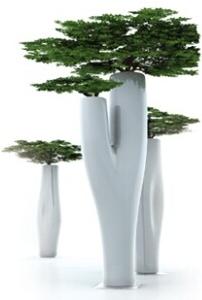
About V2.0
Simplicity
During our own creative process the term simplicity is used to describe the general trend or design concept under which this website is supported. We have also adopted the motto “subtracting the obvious and adding the meaningful” to describe both aesthetic, content and usability. Under which the user is invited to navigate intuitively through the website without heavy visual elements that try to dazzle but distract from the main purpose when visiting this website; to access clear and quality information about “what”, “why” and “how” we do what we do!
The concept of simplicity is also used to describe trends both in design and architecture where in the subject is reduced to its necessary elements. Commonly known by the term minimalism and highly influenced by Japanese traditional design and architecture.
In addition, the work of De Stijl artists is a major source of reference for this kind of work. De Stijl expanded the ideas that could be expressed by using basic elements such as lines and planes organized in very particular manners.
Architect Ludwig Mies van der Rohe adopted the motto "Less is more" to describe his aesthetic tactic of arranging the numerous necessary components of a building to create an impression of extreme simplicity, by enlisting every element and detail to serve multiple visual and functional purposes (such as designing a floor to also serve as the radiator, or a massive fireplace to also house the bathroom).
Designer Buckminster Fuller adopted the engineer's goal of "Doing more with less", but his concerns were oriented towards technology and engineering rather than aesthetics. A similar sentiment was industrial designer Dieter Rams motto, "Less but better" adapted from Van der Rohe.
The structure uses relatively simple elegant designs; ornamentations are quality rather than quantity, and its beauty is also determined by playing with lighting, using the basic geometric shapes as outlines, using only a single shape or a small number of like shapes for components for design unity, using tasteful non-fussy bright color combinations, usually natural textures and colors, and clean and fine finishes.
This and science fiction may have contributed to the late twentieth century futuristic architecture design, and modern home decor. Modern minimalist home architecture with its unnecessary internal walls removed may have led to the popularity of the open plan kitchen and living room style.
Another modern master who exemplifies “reductionist ideas” is Luis Barragán. Giving a special attention to the connection between perfect planes, elegant lighting, and careful consideration of the void spaces left by the removal of three-dimensional shapes from an architectural design.
Simplicity
During our own creative process the term simplicity is used to describe the general trend or design concept under which this website is supported. We have also adopted the motto “subtracting the obvious and adding the meaningful” to describe both aesthetic, content and usability. Under which the user is invited to navigate intuitively through the website without heavy visual elements that try to dazzle but distract from the main purpose when visiting this website; to access clear and quality information about “what”, “why” and “how” we do what we do!
The concept of simplicity is also used to describe trends both in design and architecture where in the subject is reduced to its necessary elements. Commonly known by the term minimalism and highly influenced by Japanese traditional design and architecture.
In addition, the work of De Stijl artists is a major source of reference for this kind of work. De Stijl expanded the ideas that could be expressed by using basic elements such as lines and planes organized in very particular manners.
Architect Ludwig Mies van der Rohe adopted the motto "Less is more" to describe his aesthetic tactic of arranging the numerous necessary components of a building to create an impression of extreme simplicity, by enlisting every element and detail to serve multiple visual and functional purposes (such as designing a floor to also serve as the radiator, or a massive fireplace to also house the bathroom).
Designer Buckminster Fuller adopted the engineer's goal of "Doing more with less", but his concerns were oriented towards technology and engineering rather than aesthetics. A similar sentiment was industrial designer Dieter Rams motto, "Less but better" adapted from Van der Rohe.
The structure uses relatively simple elegant designs; ornamentations are quality rather than quantity, and its beauty is also determined by playing with lighting, using the basic geometric shapes as outlines, using only a single shape or a small number of like shapes for components for design unity, using tasteful non-fussy bright color combinations, usually natural textures and colors, and clean and fine finishes.
This and science fiction may have contributed to the late twentieth century futuristic architecture design, and modern home decor. Modern minimalist home architecture with its unnecessary internal walls removed may have led to the popularity of the open plan kitchen and living room style.
Another modern master who exemplifies “reductionist ideas” is Luis Barragán. Giving a special attention to the connection between perfect planes, elegant lighting, and careful consideration of the void spaces left by the removal of three-dimensional shapes from an architectural design.

Home >> Minimalism
